At the Wild Dolphin Project, we track individual animals throughout their entire lives and their family trees — who is related to who. Knowing how animals are animals are related allows us to understand more about their social structure, behavior, communication and more.
On addition to our formal database, on our research Vessel Stenella, we keep a binder that visually shows the family trees for our interns, guest passengers, and colleagues who join us.
Now, Florida Atlantic graduate student, Hayley Knapp, working with Denise Herzing, Ph.D., as well as James Baldwin, Ph.D., professor and associate dean for faculty development, is updating the family tree database.
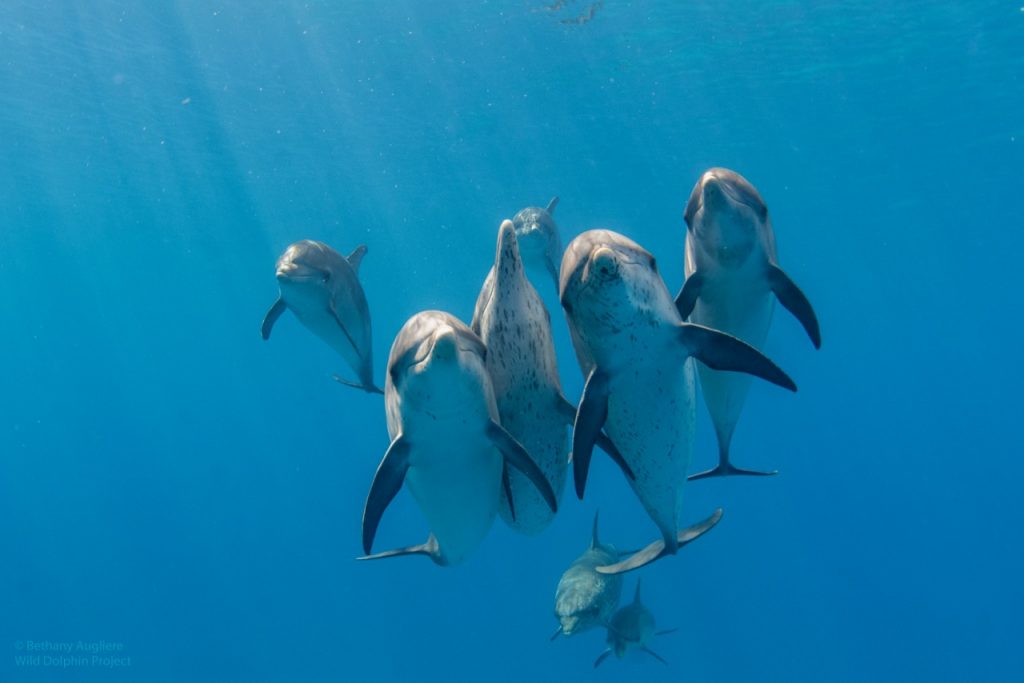
Nautica in a mixed juvenile group. Photo by Bethany Augliere.
Read more from Hayley more about the project:
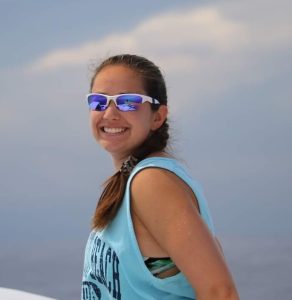
Hayley Knapp
Why update the family tree?
The family tree project is an update of the family tree binder that has been on the boat for years. It hasn’t been done since the exodus event in 2013 — when 50 % of the resident dolphins moved 100 miles south to the next sandbank, Grand Bahama Bank (GBB) off Bimini. So, I figured now was a good time to update it. My graduate thesis research examines paternity, so having an updated family tree tracing maternity and half siblings will be useful for me so that I know which males I can rule out due to maternal relatedness.
I also think it is such a cool visual for passengers and researchers to be able to look at on the boat because it really demonstrates the longevity of the project. I remember pulling the binder down on my first intern trip because it looked like something really neat to visualize and understand. But it was outdated and really highlighted the Little Bahama Bank (LBB) dolphins prior to move in 2013. So, having the chance to update it has been special for me.
What are some examples of family lines?

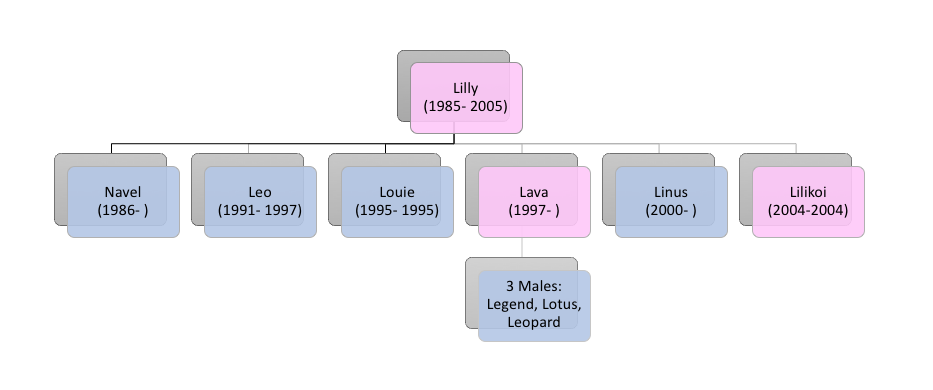
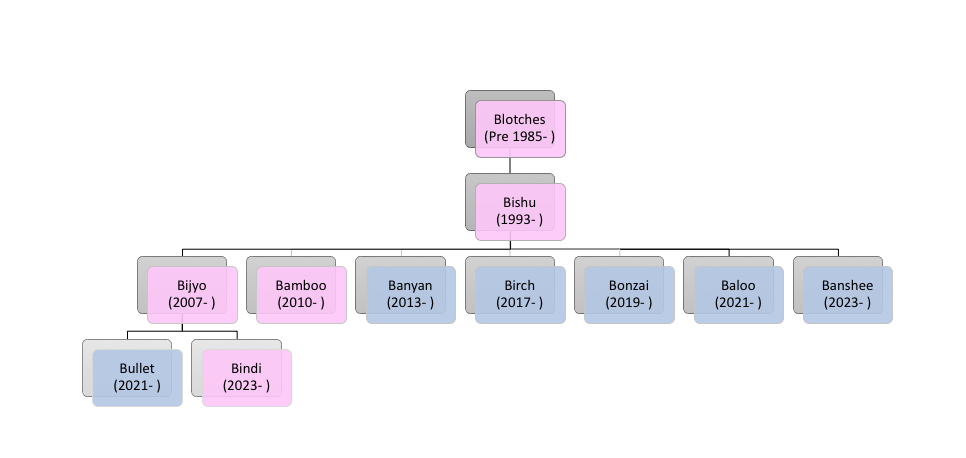

Why do you think this work is important?
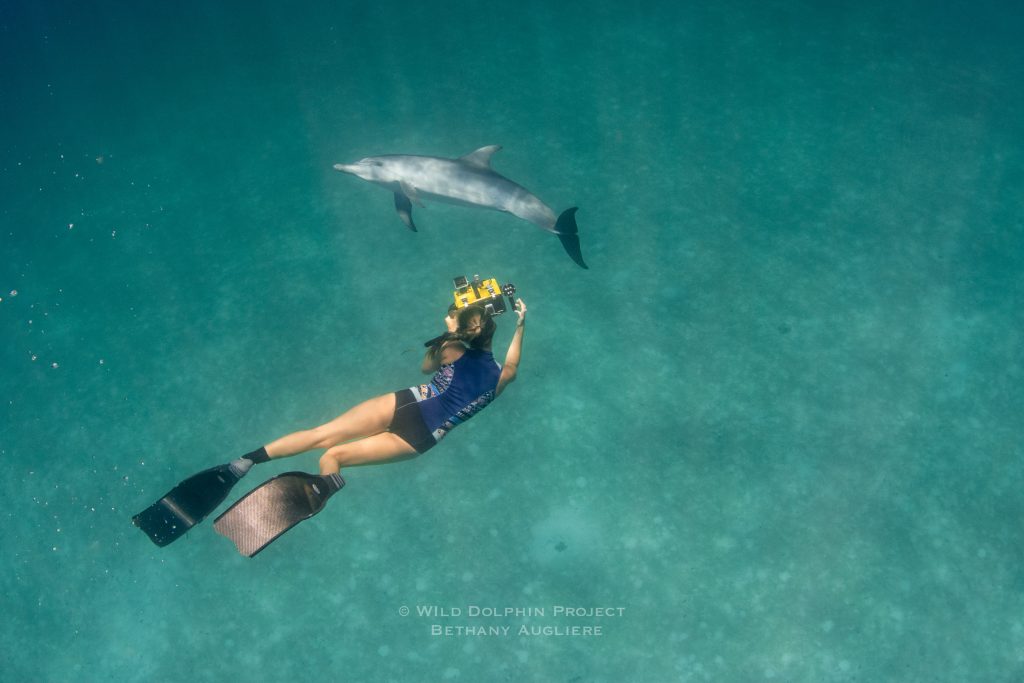
Field assistant Liah Mcpherson with Littleprawn. Photo by Bethany Augliere
What do you think is most interesting about this work?
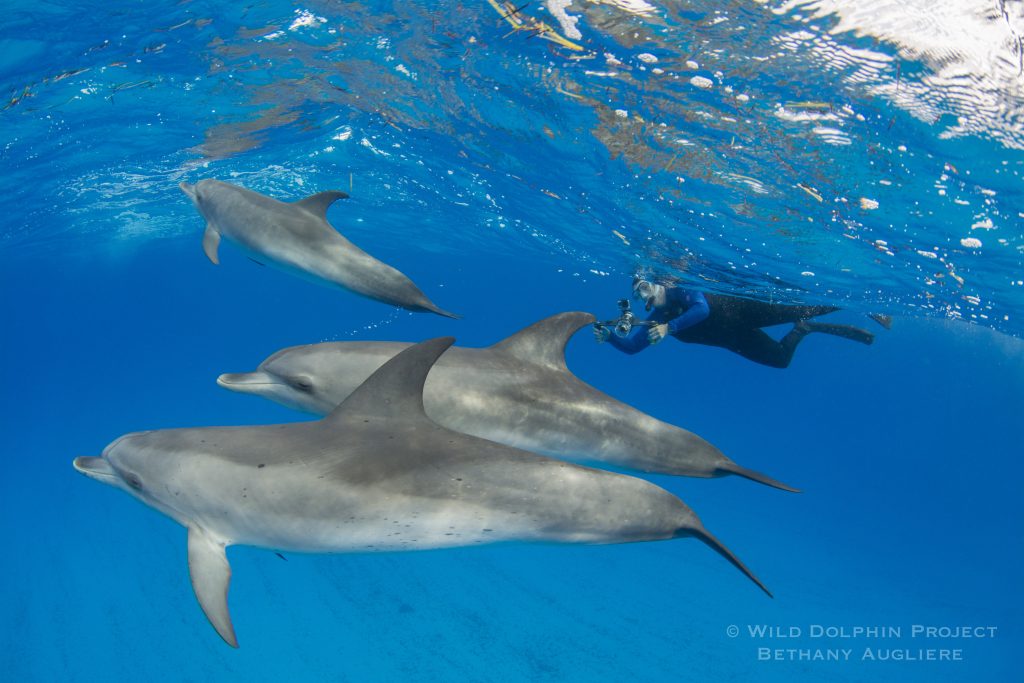
Dr. Denise Herzing with a group of young spotted dolphins. Photo by Bethany Augliere
Do you have a family favorite line?

Nassau with her female calf Nautica. Photo by Bethany Augliere
